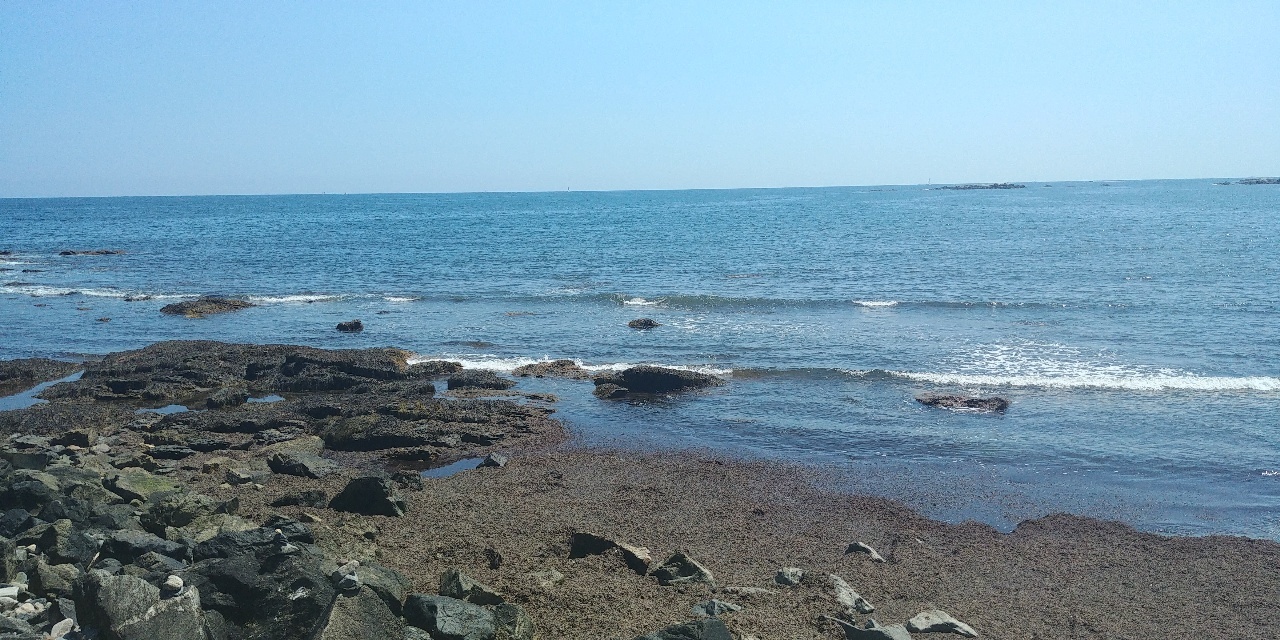
Rhode Island, officially The State of Rhode Island, constituent state of the United States of America. It was one of the original 13 states and is one of the six New England states. Rhode Island is bounded to the north and east by Massachusetts, to the south by Rhode Island Sound and Block Island Sound of the Atlantic Ocean, and to the west by Connecticut. The extreme compactness of area, proportionally large population, and economic activity have tied it closely to its neighbouring states. In addition, Rhode Island’s intimate connection to the sea—including more than 400 miles (640 km) of coastline—is the basis of its nickname, the Ocean State. The capital is Providence. The name Rhode Island is of uncertain origin. It originally applied to the island in Narragansett Bay that the Native Americans called Aquidneck Island. Aquidneck’s renaming as Rhode Island (a name that came to be used as shorthand for the whole colony) by the English in 1644 may have come in part from English settlers’ confusion between two foreign sources: Giovanni da Verrazzano’s earlier comparison of Block Island to the Greek island of Rhodes, and the name Roodt Eyland (Red Island), which the Dutch had given to Aquidneck because of its red soil. Providence Plantations, the first settlement on the mainland, on Narragansett Bay, was named by the minister Roger Williams, founder of the state, who credited Divine Providence with bringing him safely there in 1636. The contributions of Rhode Island to the forming of the new country were remarkable. Particularly important was the concept of freedom of conscience—the legacy of Roger Williams. Rhode Island also had an important influence on the industrial development of the United States.
The western two-thirds of Rhode Island is part of the New England Upland, with hills rising as high as 800 feet (240 metres) above sea level. The Narragansett, or Seaboard, Lowland comprises coastal lowlands and islands that are below 200 feet (60 metres) in elevation. The highest point in the state is Jerimoth Hill, 812 feet (247 metres) high, near North Foster. The state’s territory includes Block Island, about 10 miles (16 km) south of the mainland, and several islands in Narragansett Bay, including Conanicut, Prudence, and Rhode islands. In order to avoid the confusion that resulted from having the same name for both the island and the state, an attempt was made at the beginning of the 21st century to officially restore the name Aquidneck to the island of Rhode Island, but the effort was unsuccessful. The name Aquidneck nevertheless is widely used within the state.
The state has a humid continental climate, with winds predominantly from the west. Marine influences are discernible in differences between coastal and inland locations. The average monthly temperature is 29 °F (−2 °C) in January and 71 °F (22 °C) in July. The average annual temperature is 50 °F (10 °C), and the average precipitation is about 46 inches (1,170 mm) per year. The major weather characteristic is variability, with extreme weather conditions such as tropical storms (including occasional hurricanes), ice storms, and heavy snow.
More than three-fifths of the state is forested with secondary tree growth. White pine grows in scattered locations. Several varieties of oak are abundant and, with other hardwoods, form the bulk of the timber harvest. Ash, hickory, and maple are widely dispersed, with some birch, black walnut, and hemlock also found in mixed woodlands. Swamp maple grows in wet places, while cedar, juniper, and poplar fill in abandoned fields and pastures. Favoured species of spruce, fir, and pine are grown on Christmas tree farms. Small animals such as rabbits, woodchucks, raccoons, skunks, opossums, red and gray squirrels, minks, and beavers are distributed widely outside urbanized areas. Red and gray foxes are increasingly common, while white-tailed deer are found on Prudence and Block islands, in the western woodlands, and in suburban areas. The eastern coyote and the wild turkey are found in growing numbers all over the state.
Except for sand and gravel, the state has no exploitable mineral resources, and the thin, rocky, acidic soil is barely fit for agriculture. The one great natural resource is Narragansett Bay, which has provided a living for fishermen since first settlement and has been a playground for visitors and vacationers since the 1730s. In the 19th century the shores of Rhode Island had so many resorts, beaches, and amusement parks that it was called the “Playground of New England.” Industrial and human waste and pollution ended much of this—until the rise of a vigorous environmental movement beginning in the 1960s. Narragansett Bay also attracted the U.S. Navy, and Rhode Islanders have been prominent in the navy throughout its history. The first ship in the Continental Navy, in 1775, was the Providence, formerly known as the Katy, a Rhode Island Navy vessel. Rhode Islander Esek Hopkins was the first commander in chief of the Continental Navy. During the Civil War the U.S. Naval Academy was moved to Newport from Annapolis, Md., and the Naval War College was established there in 1884. The naval presence expanded even more during World War II; Narragansett Bay was one of two main bases on the Atlantic coast. In 1974 most naval facilities in the state were closed, and some four-fifths of all naval personnel were transferred to other bases. Today only a small number of active-duty personnel remain, although the navy maintains several significant research and educational facilities, including the Naval War College and the Naval Undersea Warfare Center.